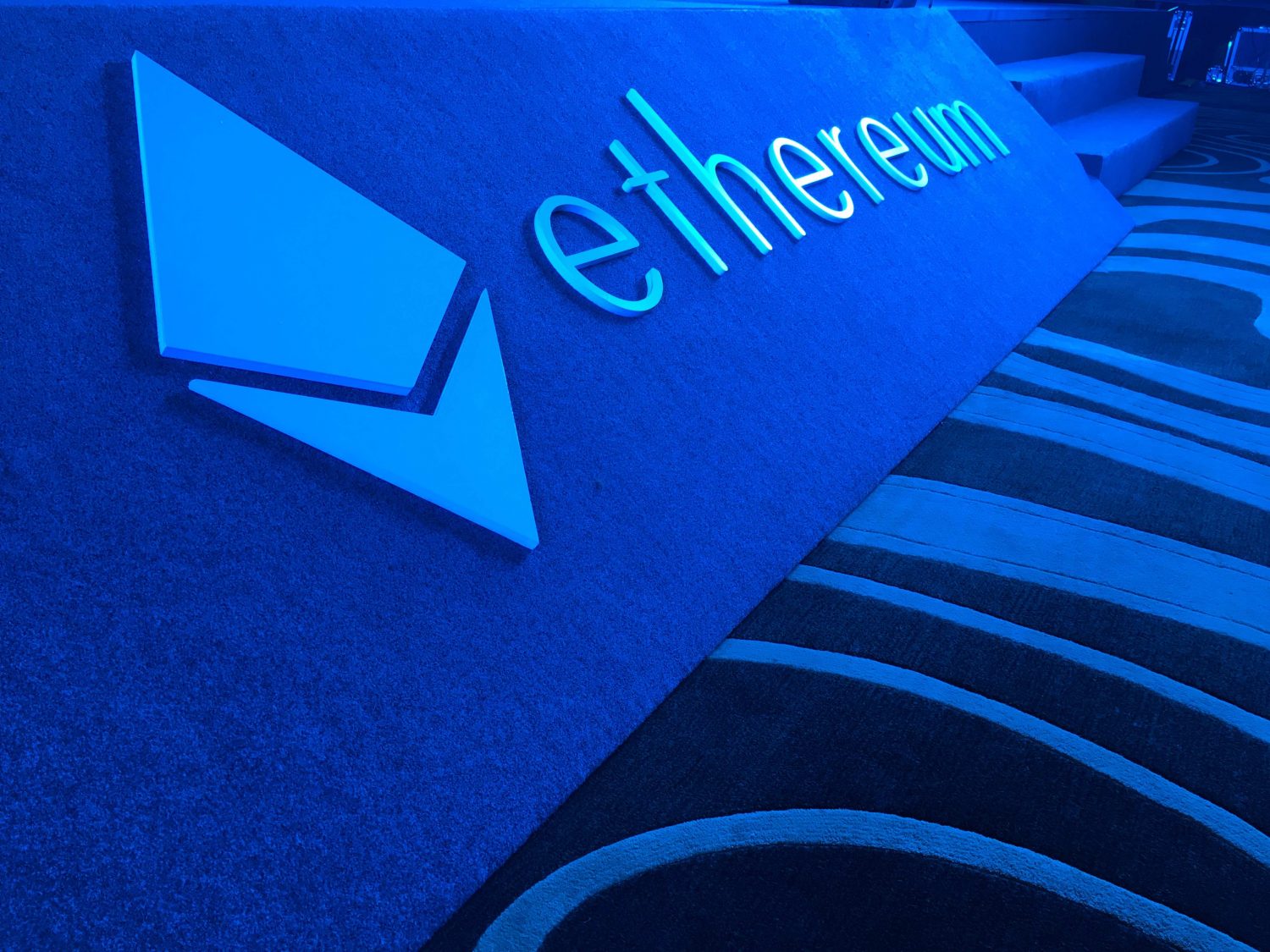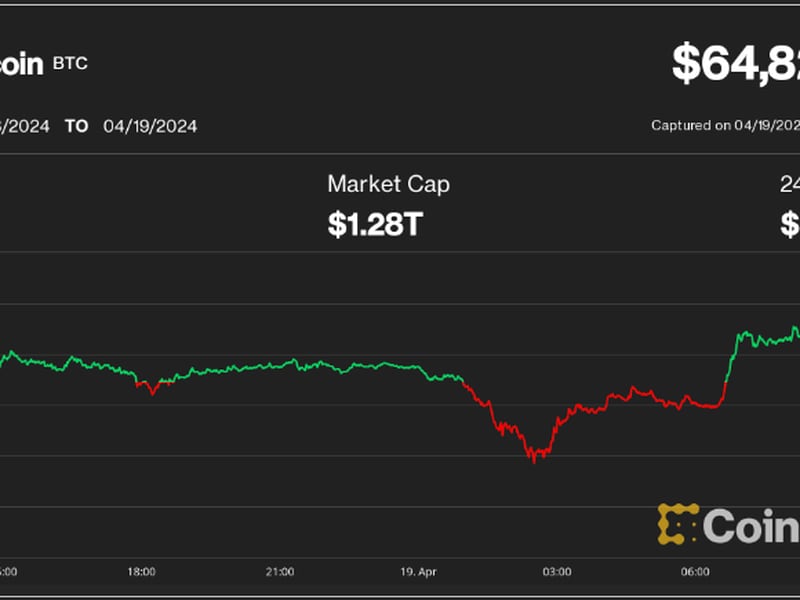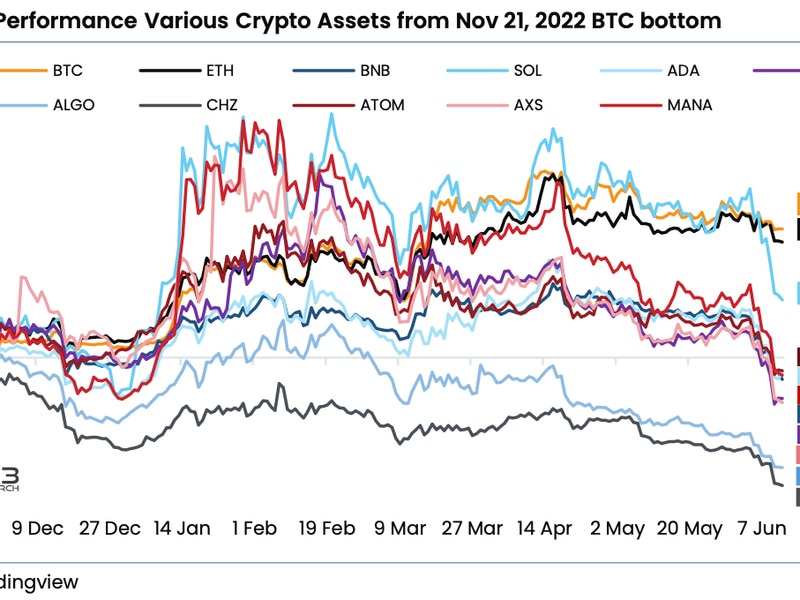Today’s ‘Halving’ May Be Non-Event for Bitcoin Cash Prices
Today’s ‘Halving’ May Be Non-Event for Bitcoin Cash Prices
Bitcoin offshoot bitcoin cash (BCH), the fifth-largest cryptocurrency by market value, underwent its first “halving” Wednesday, but the process is unlikely to have a bullish impact on the cryptocurrency’s price, say analysts.
The event – programmed to occur every four years – took effect around 12:20 UTC, reducing the rewards per block mined on the Bitcoin Cash blockchain to 6.25 BCH from the current 12.5 BCH.
The cryptocurrency rose to a four-week high of $265 early Tuesday and was last seen trading near $276 – up 2 percent on a 24-hour basis – according to CoinDesk’s Bitcoin Cash Price Index.
Meanwhile, bitcoin, the top cryptocurrency, is trading in the red near $7,260, while bitcoin SV (BSV), a cryptocurrency that forked off BCH, is still up over 6 percent. BSV, too, will undergo a reward halving on Friday, while bitcoin’s next halving is due in May.

Some observers believe the halving, which creates a supply deficit, could result in a big rally for BCH.
The above argument, however, does not take into account two important factors: the per-block revenue will drop by 50 percent following the reward halving, and miners operate on cash or fund mining costs by liquidating their holdings.
Essentially, halving leads to a drop in mining profitability and may force small or inefficient miners to shut down operations. These players usually offload their holdings while exiting the market, leading to a slide in price.
Put simply, halvings are not always bullish. As an example, litecoin underwent a halving on Aug. 5, 2019, following which the price fell from $100 to $50 in the four months to December. It’s hash rate, or computing power on the network, also tanked over the same time period.
“The conventional crypto wisdom that halvings magically induce a bull run such that the real USD value of miner revenue does not cut in half is naive wishful thinking, encouraging investors to be fooled by correlation/causation,” said Zach Resnick, managing partner at Unbound Capital.
Indeed, if the post-halving price rise is strong enough to compensate for the drop in the revenue, the small and inefficient miners will likely remain active and there would be less incentive to shift base to other blockchains or exit the industry completely.
That, however, looks unlikely, as the traditional markets are not out of the woods yet and the coronavirus outbreak is expected to have a prolonged negative impact on the global economy, as noted by Goldman Sachs.
As a result, investors in both traditional and cryptocurrency markets are likely to stay cautious. Note that bitcoin and cryptocurrencies, in general, have more or less moved in tandem with equities over the last six weeks or so.
“Given the current
market conditions, this bullish speculative frenzy coming to counteract the
halving doesn’t seem likely this time around. Thus, miner revenue will truly
halve, leading to many miners becoming unprofitable and shutting down,” said
Resnick.
Richard Rosenblum, co-founder at GSR, believes the impending halving could lift prices, but not enough to not outweigh the bigger rewards and higher upside that bitcoin will offer many miners for the next month until it, too, halves its rewards.
If bitcoin cash miners do make a move to Bitcoin’s blockchain, that will lead to a rise in its hash rate and a respective drop in Bitcoin Cash’s mining power. Both blockchains use the SHA236 hashing algorithm.
“The ‘nomadic hash’ is incentivized to flee already halved chains for chains that continue to retain their 12.5 coins/block subsidy. Because of this incentive to arbitrage across chains, we expect the hash rate to be volatile, but we don’t expect this to have a significant impact on the coin value,” said Resnick.
At press time, bitcoin’s hash rate is at 3.45 exahashes per second (EH/s), having topped out at 5.00 EH/s on Feb. 14, according to data source BitInfoCharts. The numbers suggest miners are already fleeing in anticipation of the effects of the halving.
Meanwhile, bitcoin’s hash rate also dropped from 133.29 EH/s to 85 EH/S in the three weeks to March 20, and was last seen at 104.98 EH/s.
Focus on transaction fees
As block rewards diminish due to the halving, both bitcoin cash and bitcoin miners would need to replace lost income with higher transaction fees over the long run.
Resnick said bitcoin, with its 1 MB block size, may have to do away with its 21 million supply cap or somehow convince users to accept paying ever-growing transaction fees to use the network.
Bitcoin cash looks better off with a comparatively bigger block size of 8 MB. Even so, Resnick said the networks will struggle due to developers’ unwillingness to acknowledge the fact that block subsidies are dropping and merchant adoption is not growing quickly enough to replace it.
“BCH and BTC miners and investors may be able to continue ignoring this inevitable threat this month, but they won’t be able to forever,” Resnick told CoinDesk.
Disclosure Read More
The leader in blockchain news, CoinDesk is a media outlet that strives for the highest journalistic standards and abides by a strict set of editorial policies. CoinDesk is an independent operating subsidiary of Digital Currency Group, which invests in cryptocurrencies and blockchain startups.









